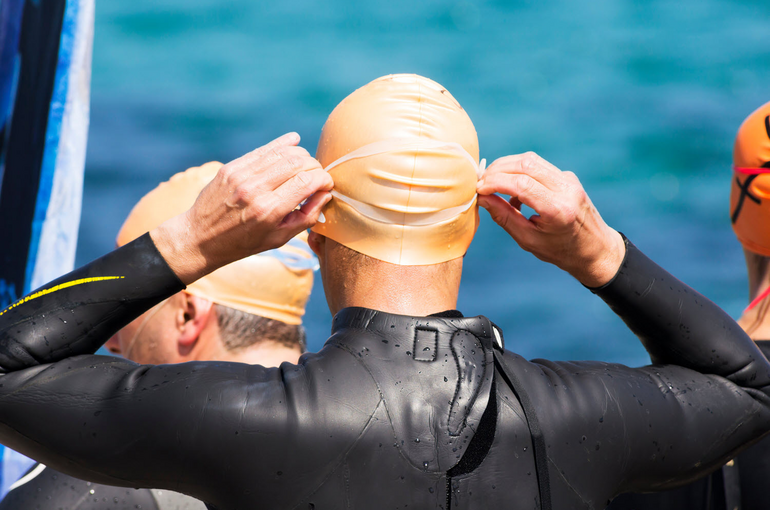- FR
- EN
Pushing Human Endurance Limits
Understanding triathlon and ultra endurance running in life underwriting

Extreme Sports - An Underwriting series
Triathlon, Ironman, and ultra running – few will disagree that those are extremely tough sports. The unique and intense nature of the demand to compete in those races, both physically and environmentally, push the limits of human endurance beyond imagination.
Despite these challenging and sometimes even dangerous conditions, or maybe because of the excitement of overcoming those challenges, the number and variety of race types keep expanding, attracting millions of participants from all kinds of backgrounds, motivational reasons and athletic levels. While we know that physical activity reduces mortality and promotes health, these extreme races can pose both short and long-term health risks.
This article focuses on health and life risks associated with endurance races, particularly triathlon and ultra endurance running (UER). Through holistic risk analysis and mock underwriting cases, it provides underwriters and insurance professionals with a deeper understanding of what needs to be considered during the underwriting process of the applicants who participate in these races. While this article does not offer in-depth medical or scientific advice on underwriting-specific cases, we aim to provide readers with essential knowledge and points to consider when underwriting applicants who engage in these activities.
We invite you to follow this series as we tour the world of extreme sports, tapping into SCOR’s network of expert insurance professionals – and amateur athletes – whose passion and knowledge allow SCOR to break through common misconceptions and offer a better understanding of the true risks surrounding extreme sports for amateurs, professionals, and – occasionally – even spectators. We will also explore the most recent trends and the implications of new medical developments, predict how a changing climate and other evolving factors might impact these sports.
Did you miss the first articles in the series? Catch up here:
